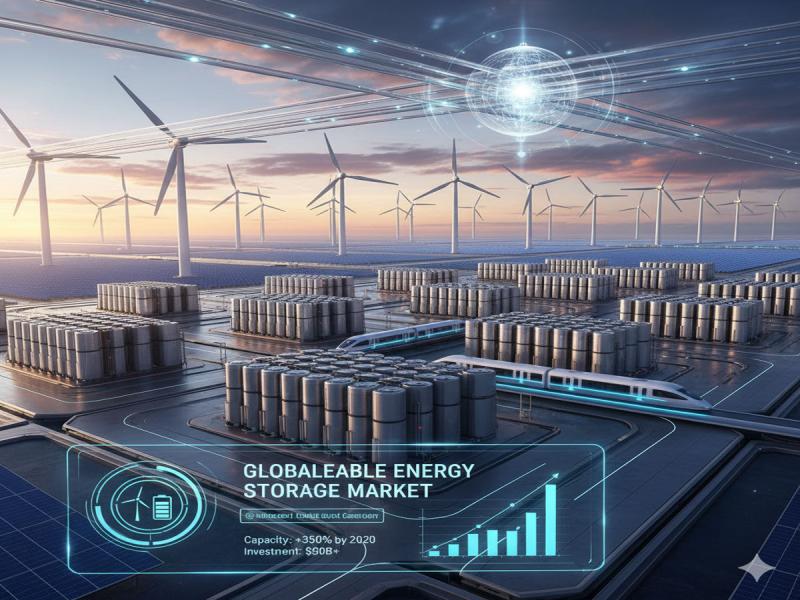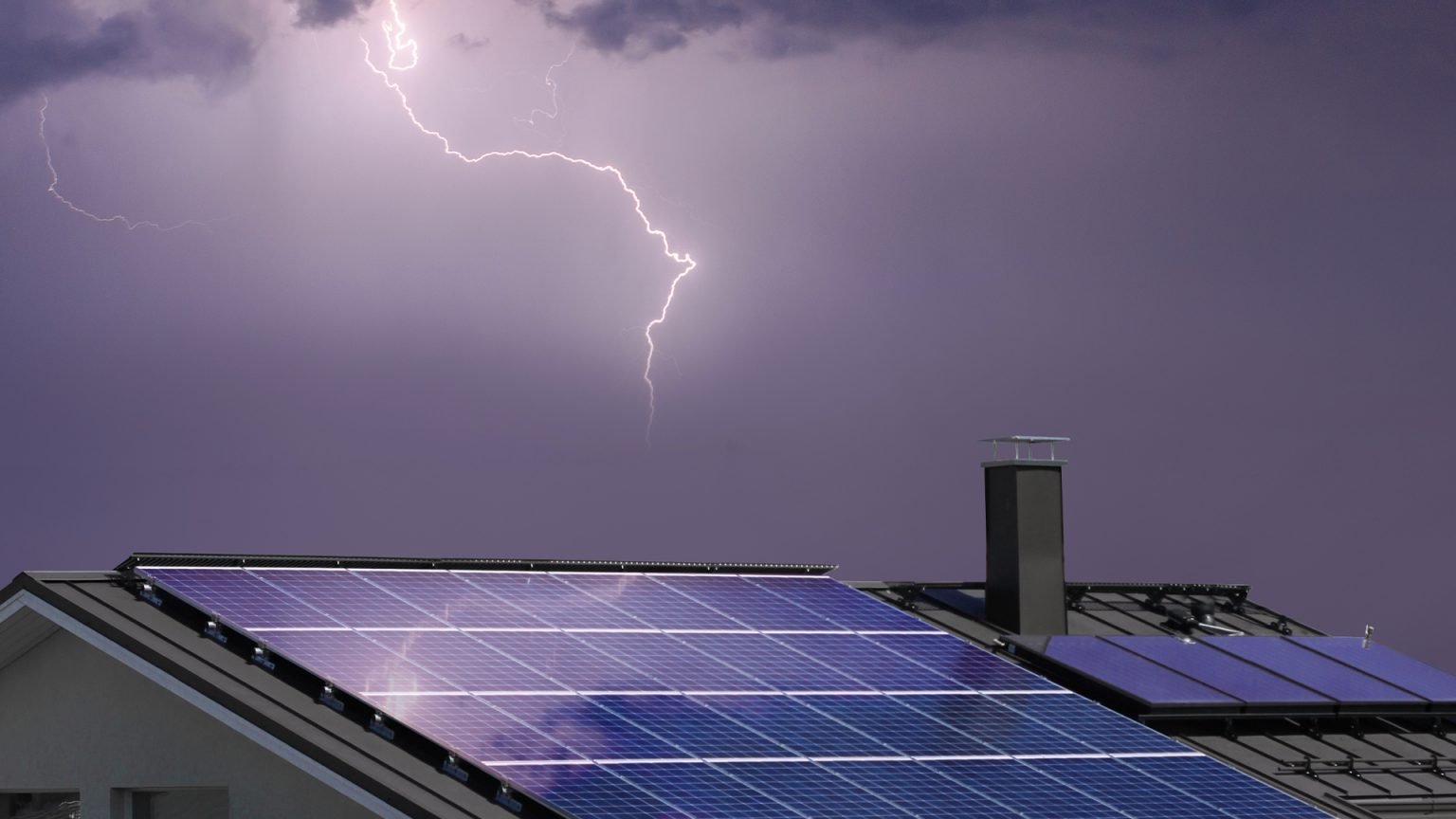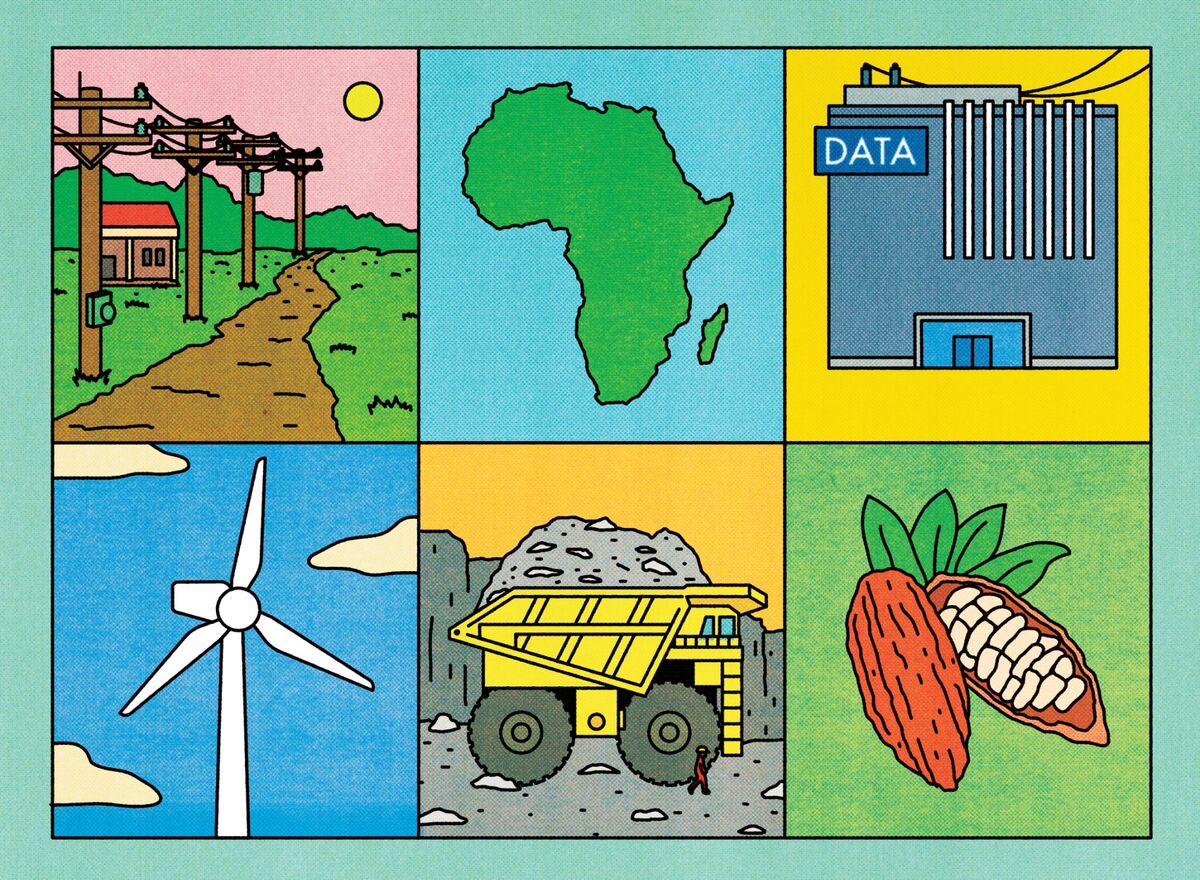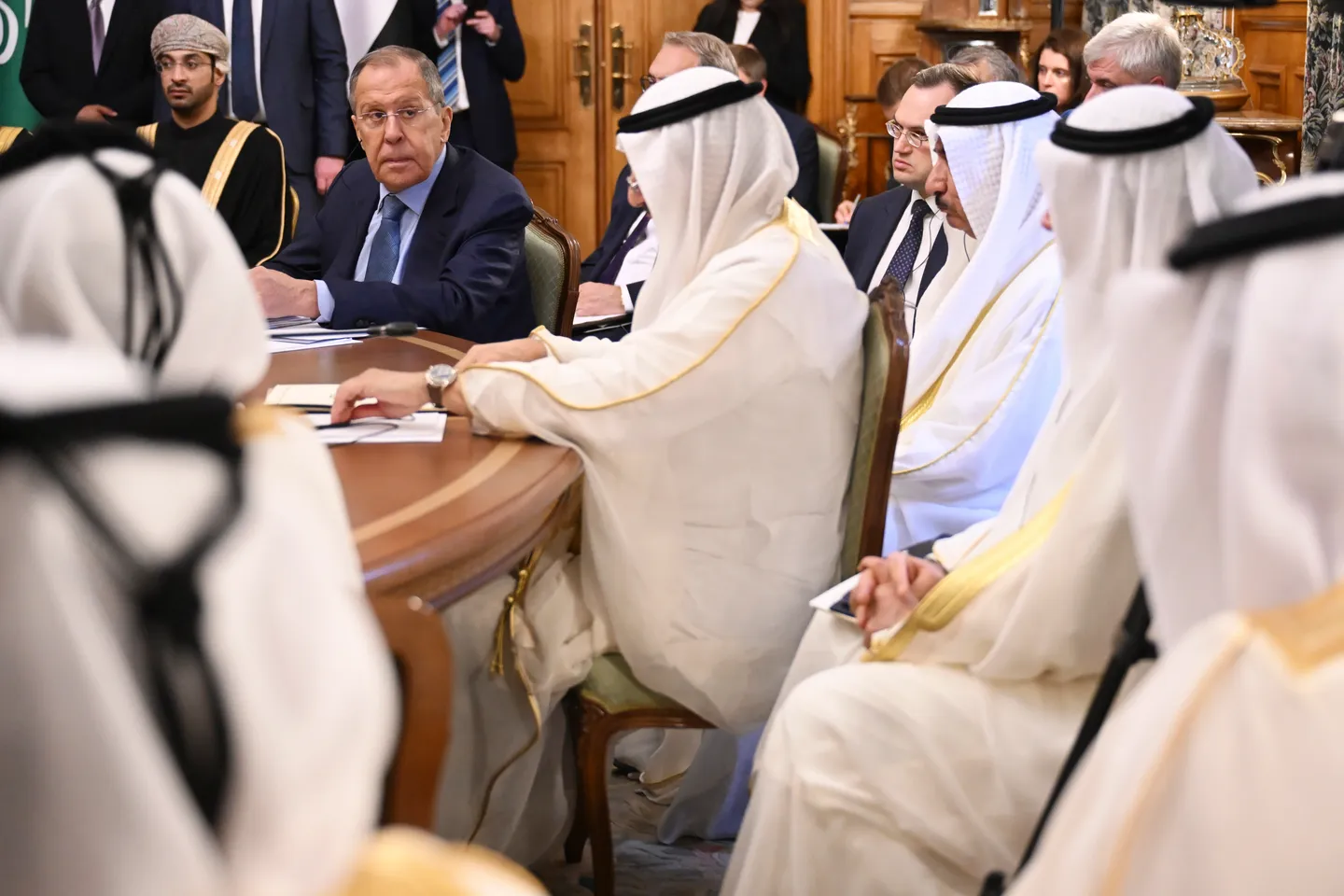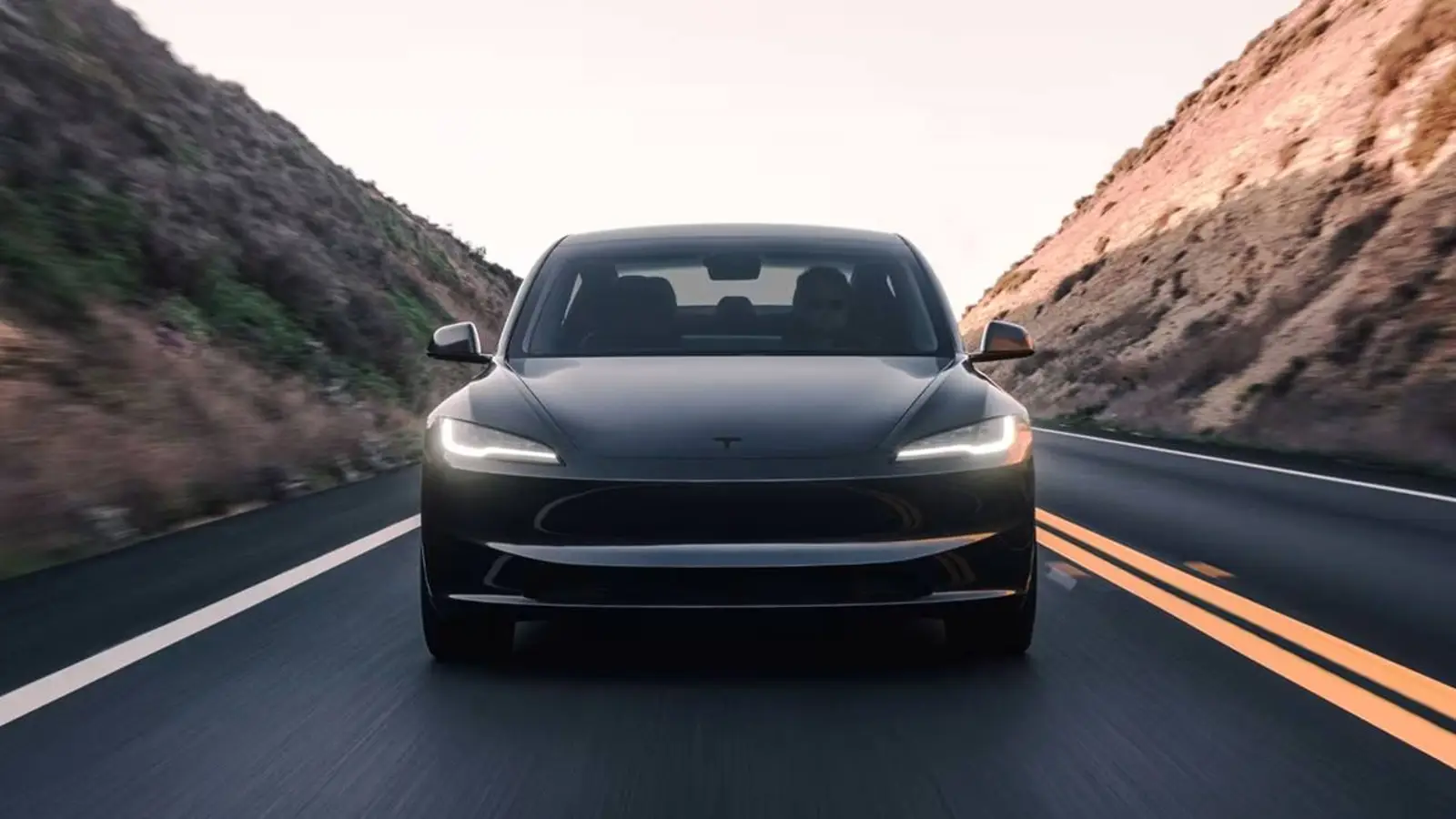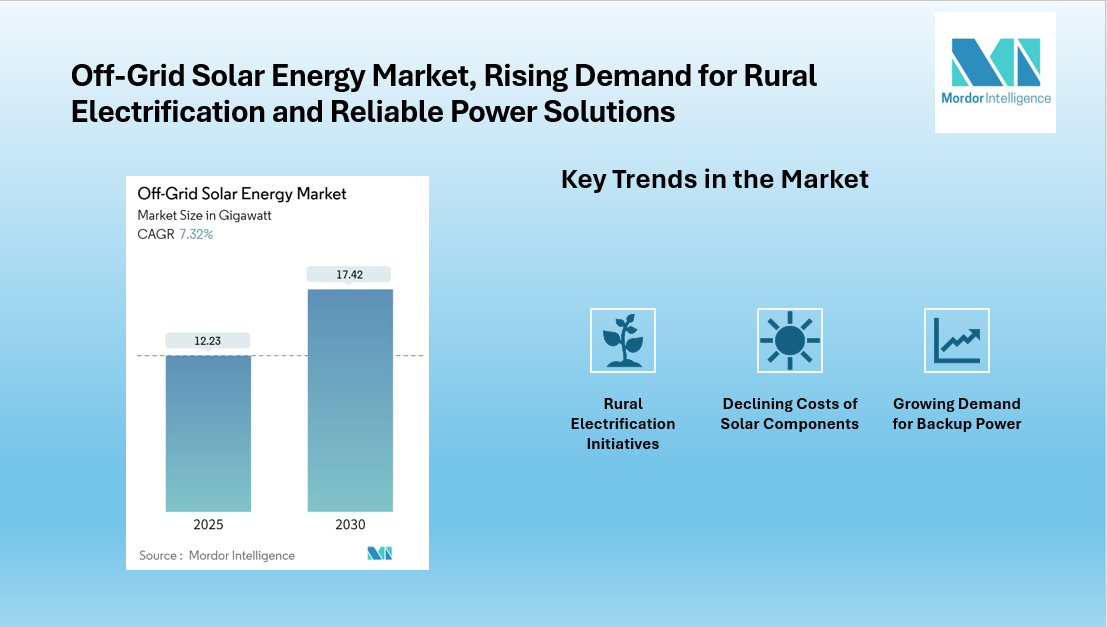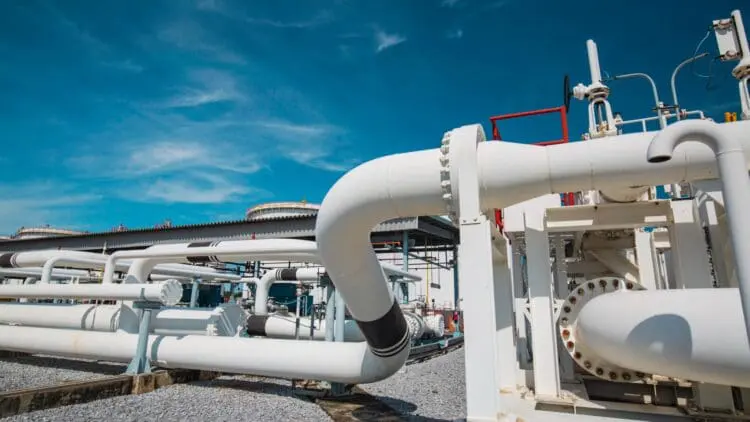Energy Markets

Solar Achieves World’s Lowest LCOE of $37/MWh in MENA

The global levelized cost of electricity (LCOE) for renewable energy technologies has continued to decline, and performance has improved across all major markets, according to Wood Mackenzie.
Solar photovoltaic technology with single-axis tracker systems in the Middle East and Africa (MENA) achieved the lowest regional LCOE of $37/MWh. This is attributed to innovation, supply chain stabilization, and improved module efficiencies.
Ahmed Jameel Abdullah, Senior Research Analyst at Wood Mackenzie, stated, “Across all regions, renewable technologies demonstrate clear cost advantages over conventional generation. We expect continued cost reductions through technological improvements, supply chain optimization, and economies of scale, reinforcing renewables’ position as the dominant power generation technology globally.”
Asia
In the Asia Pacific region, both solar and wind energy continue to drive major structural changes in the power sector. Utility-scale solar delivers the lowest generation costs, with LCOE ranging from $27/MWh in China to $118/MWh in Japan by 2025.
Onshore wind remains highly competitive, with China, India, and Vietnam achieving global leadership at costs of $25-$70/MWh. Offshore wind, however, shows wide variation. China demonstrates strong merchant revenue potential, while other markets face higher costs that extend into the early 2030s.
Hybrid solar-plus-battery systems are expanding rapidly as battery costs fall, with Australia using batteries to stabilize solar generation and India moving hybrid systems toward grid parity.
China continues to dominate energy storage competitiveness, with the world’s lowest storage LCOE, driven by intense supplier competition.
North America
In North America, renewable technology costs are projected to decline through 2060 despite short-term challenges. New U.S. tariffs have increased near-term solar capital costs, while tax credit phaseouts will raise onshore wind LCOE by 24% after 2030.
However, technological progress in modules, inverters, and trackers is expected to sustain long-term cost reductions. Offshore wind remains costly due to policy uncertainty and delays in the Inflation Reduction Act benefits.
The region’s surging electricity demand from artificial intelligence-driven data centers is fueling a short-term increase in gas turbine investments, with capital costs doubling relative to 2020 and fuel costs rising steadily as LNG exports increase. Utility-scale projects in the U.S. remained the primary contributor to solar expansion in 2024, accounting for 80% of new solar and 54% of all new capacity additions, according to a report by Lawrence Berkeley National Laboratory.
The U.S. solar industry installed 7.5 GW of capacity in the second quarter of 2025, a 24% year-over-year and a 28% quarter-over-quarter decline, according to Wood Mackenzie and Solar Energy Industries Association’s US Solar Market Insight report.
Europe
Europe has recorded a 7% decline in renewable LCOE in 2025, largely due to an 8% reduction in capital costs relative to the 2020–2024 average. Utility-scale solar with single-axis tracking offers the region’s lowest average LCOE, supported by a 10% decline in module prices from 2024.
Onshore wind LCOE is forecast to drop 16% through the 2020s, from $67.6/MWh in 2024 to $56.7/MWh by 2030, while four-hour battery storage costs are expected to fall below $100/MWh by 2026 and decline another 35% by 2060.
However, offshore wind costs are rising due to supply chain constraints and higher component prices, shifting negotiating power toward equipment manufacturers.
Latin America
Latin America has seen renewable LCOE fall by 23% between 2020 and 2024, driven by a 20% drop in capital costs per kilowatt and improved project performance. Single-axis solar is the lowest-cost option for utility-scale generation in 2025, with Brazil, Chile, and Mexico recording the most competitive values.
Onshore wind LCOE will fall 42% between 2025 and 2060 after peaking in 2024. Offshore wind costs are expected to decline 67% by 2060 as fixed-bottom systems mature and supply chains expand. Battery storage costs are projected to fall by 24% by 2060 as regional policies promote deployment.
Middle East and Africa
In MENA, renewables continue to strengthen their cost leadership. Wind and solar LCOEs fell 6–10% year-on-year in 2025, with utility-scale solar PV acting as the region’s price setter.
Exceptional irradiance levels and robust net capacity factors, particularly in Saudi Arabia and the UAE, underpin this trend. Single-axis tracker systems are projected to reach $17/MWh by 2060, maintaining a wide margin over onshore wind, which is expected to stabilize around $30/MWh.
Utility-scale battery storage costs in Saudi Arabia and the UAE are forecast to decline 7–9% by 2034.



